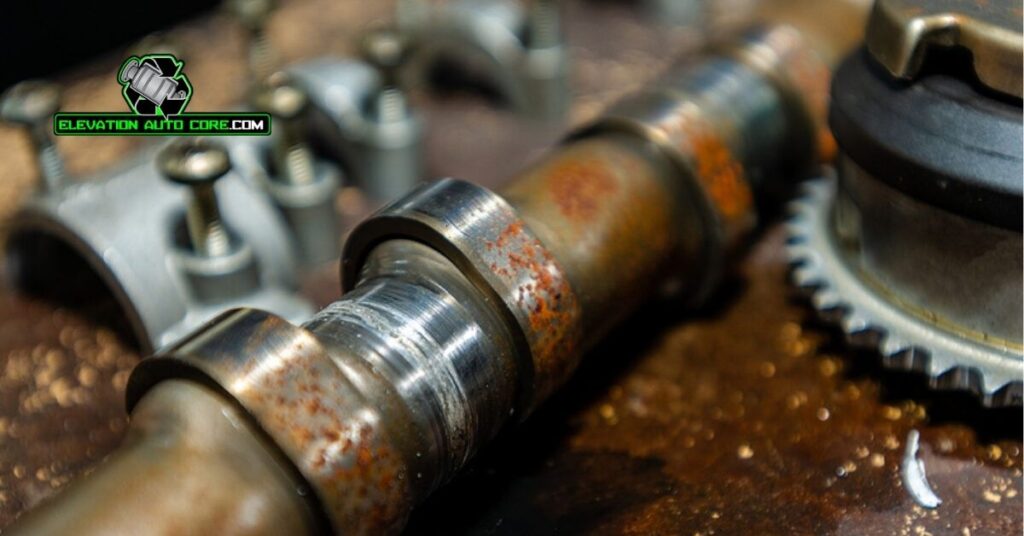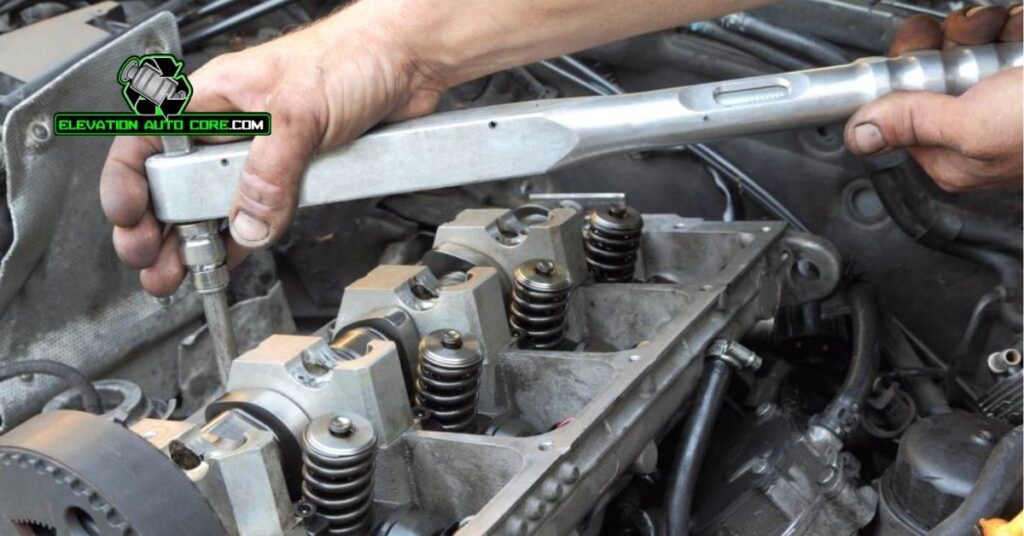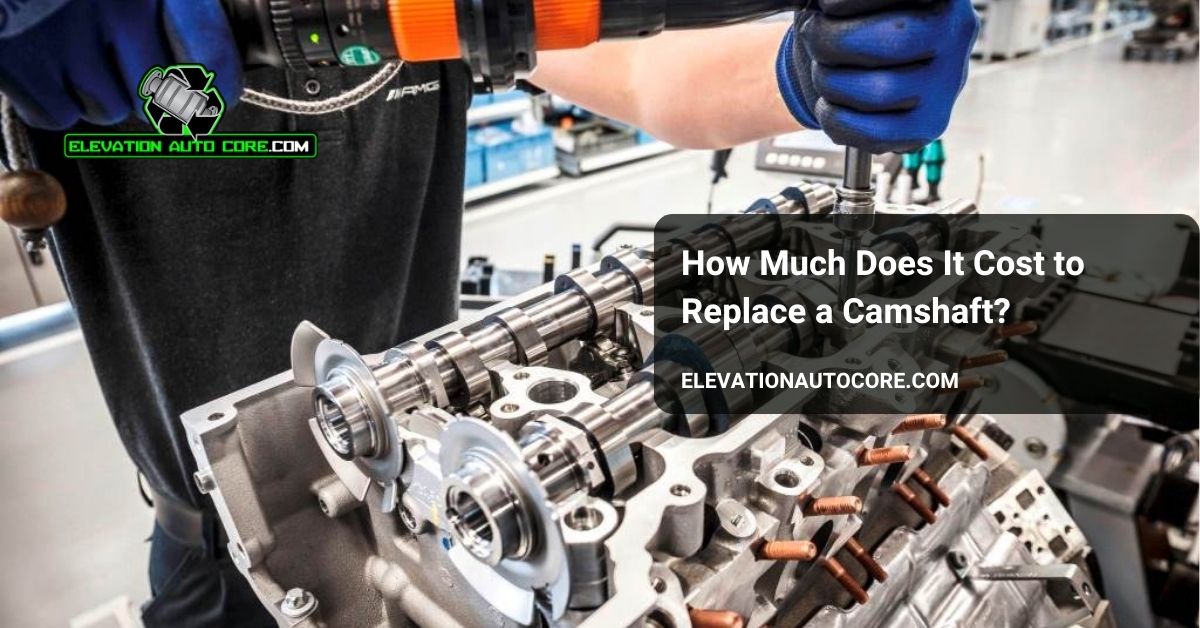How much does it cost to replace a camshaft, and is it worth the investment? If your engine’s performance is lagging or you’re hearing unusual noises, a faulty camshaft could be the culprit. Understanding the costs and factors involved can save you from unexpected expenses—keep reading to make an well-informed choice.
What Is A Camshaft And Its Function?

A camshaft is a critical component inside your vehicle’s engine. It manages the opening and closing of intake and exhaust valves, ensuring proper timing. Positioned within the engine block or cylinder head, its design directly influences engine performance.
Intake and exhaust systems rely on the camshaft for accurate valve timing. By converting rotational motion into linear movement, it synchronizes engine cycles. Lobe shapes on the camshaft control valve lift and duration, impacting fuel efficiency and power output.
Modern engines often feature single or dual camshaft setups. Single overhead camshafts (SOHC) require fewer components, while dual overhead camshafts (DOHC) enhance valve control for higher performance. Choices depend on the engine’s purpose, efficiency, and design preferences.
Common Signs Of A Faulty Camshaft

Identifying a faulty camshaft early can prevent further engine damage. Look for these warning signs to address the issue promptly.
Engine Performance Issues
Declining engine performance often signals camshaft problems. Reduced power during acceleration may occur due to improper valve timing. Stalling, misfires, or rough idling might follow in severe cases. Pay attention to decreased fuel efficiency, which can also indicate camshaft failure.
Unusual Sounds From The Engine
Loud ticking or tapping noises coming from the engine point toward camshaft wear. Improper valve actuation creates these sounds, often during startup or acceleration. Grinding or popping noises might surface if the camshaft lobes are damaged.
Check Engine Light
An illuminated check engine light frequently accompanies a faulty camshaft. Diagnostic trouble codes related to the camshaft or timing sensors trigger this light. Use an OBD-II scanner to confirm the cause, as this warning light can indicate other issues.
Factors Affecting Camshaft Replacement Cost
Several elements influence how much you might pay for replacing a camshaft. Understanding these factors helps you anticipate expenses and make informed decisions.
Car Make And Model
The type of vehicle you own significantly affects costs. Luxury brands, like BMW or Mercedes, often use more expensive components, leading to higher replacement prices. Economy vehicles, such as Toyota or Honda, typically involve lower costs due to readily available parts. Engine complexity also plays a role. Cars with advanced engine configurations, such as dual overhead camshafts, usually require more intricate repairs.
Labor Costs
Mechanic rates vary based on location and shop prestige. Urban areas and specialized shops tend to charge more per hour, while rural locations usually have lower rates. Camshaft replacement often requires extensive labor since it involves disassembling multiple parts of the engine. On average, labor can account for 50-60% of total costs, particularly for engines with complex layouts.
Cost Of Parts
The price of the camshaft itself depends on material quality and brand. Performance camshafts designed to enhance engine output are more expensive than standard models. New parts from original equipment manufacturers (OEMs) generally cost more than aftermarket alternatives. Basic replacement camshafts typically range from $150 to $500, whereas premium or performance components may exceed $1,000. Including seals, gaskets, and potential accessories in the parts budget ensures no unexpected costs arise.
Average Cost To Replace A Camshaft

Replacing a camshaft costs between $800 and $3,000, depending on several factors. These costs include parts and labor, which vary widely by vehicle type and repair approach.
Budget Friendly Options
Choosing less expensive parts helps reduce the overall expense. Economy vehicles, such as compact cars, typically have camshaft replacement costs at the lower end of the range. Standard camshafts generally cost $150 to $500. Local independent mechanics often charge lower labor rates, which can save you 50% compared to specialized repair shops. Opting for refurbished or aftermarket camshafts lowers material costs further. This approach suits older vehicles where high-performance parts aren’t necessary.
High End Repairs
High-performance or luxury car owners face significantly higher expenses. Luxury brands, such as Mercedes or BMW, often incorporate complex engine systems, driving labor costs up. Camshaft prices for such vehicles range from $800 to over $1,000, with additional costs for high-quality gaskets and seals. Labor tends to account for 50-60% of these repair bills, especially at dealerships or specialized service centers. Vehicles requiring dual overhead camshaft repairs may involve higher material and labor costs due to the increased complexity.
Ways To Save On Camshaft Replacement

Reducing camshaft replacement expenses requires proactive planning and smart choices. By evaluating options carefully, you can manage costs without compromising quality.
Comparing Mechanic Quotes
Gather multiple quotes from trusted mechanics before deciding on one. Independent shops typically offer lower labor rates than dealerships or specialty services. In urban areas where labor fees can be higher, you might save by reaching out to mechanics in neighboring towns. Prioritize quotes that include detailed breakdowns of labor hours, parts, and additional fees to better evaluate overall value. If you’re replacing a camshaft in an economy vehicle, focus on mechanics experienced with your car to avoid unnecessary complications.
Considering Aftermarket Parts
Aftermarket camshafts can significantly lower replacement costs compared to original equipment manufacturer (OEM) parts. Quality aftermarket options often cost less than $300, while OEM camshafts for luxury vehicles may exceed $1,000. Verify compatibility with your vehicle model before selecting aftermarket parts to ensure functionality and performance. Some aftermarket components even include warranties, providing added peace of mind. Pairing aftermarket parts with an independent mechanic can further maximize your savings.
Conclusion
Replacing a camshaft is a important investment, but understanding the associated costs and factors can help you make the best decision for your vehicle. By recognizing the signs of a faulty camshaft early and exploring cost-saving strategies like comparing quotes or opting for aftermarket parts, you can avoid unnecessary expenses while maintaining your engine’s performance.
Whether you’re dealing with a luxury vehicle or an economy car, being proactive and informed ensures you get the most value out of your repair. Don’t overlook the importance of choosing a trusted mechanic to ensure quality workmanship and long-term reliability for your engine.

